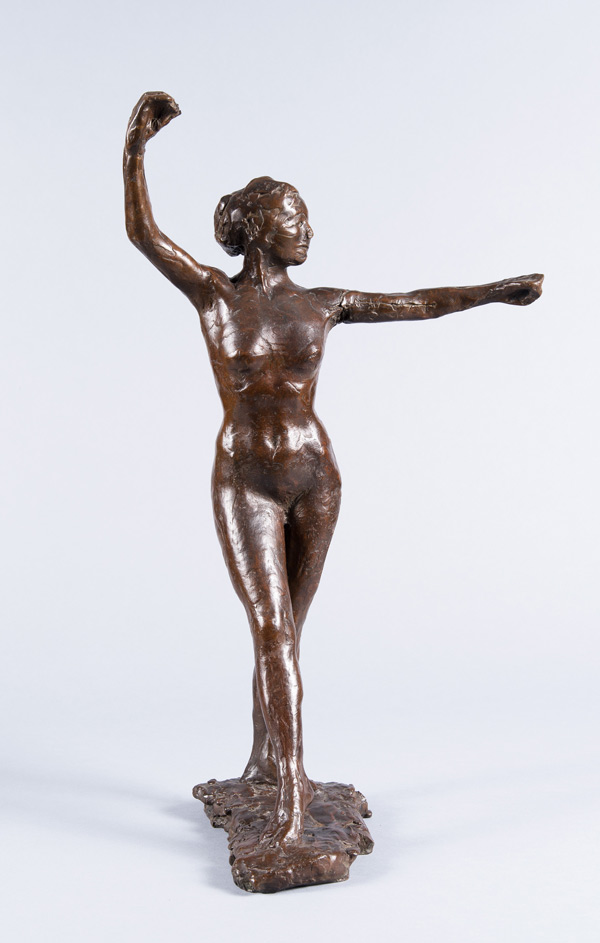Date/Time
Date(s) - Dec 14
10:00 am
Location
Norton Simon Museum
Categories

Edgar Degas (1834–1917) exhibited just one sculpture during his lifetime: the controversial Little Dancer, Aged Fourteen. This figure startled visitors to the 1881 Impressionist exhibition with its unidealized physiognomy and its radical use of real materials, such as silk slippers and a wig made from human hair. In the privacy of his studio, however, Degas modeled in wax and clay throughout his career, producing hundreds of small-scale, informal studies of horses, dancers and bathers that were seen only by close friends and visitors. It was not until the artist’s death—one hundred years ago this year—that the extent of his sculptural production was revealed. Of the nearly 150 models retrieved from Degas’s studio, 74 of the best-preserved examples were cast in bronze and editioned, making public and permanent these transient exercises in form.
This exhibition explores the improvisational nature of Degas’s artistic practice through the Norton Simon’s collection of modèles, the first and only set of bronzes cast from the original wax and plaster statuettes. This unique set of sculptures served as the matrix for the serial bronzes that followed, and in some cases they preserve objects or evidence of Degas’s handwork that has been altered in the wax originals. Capturing the condition of the figurines when they were discovered in the artist’s studio, the modèles vividly convey the instinctive way in which Degas pressed and smeared pliable wax and plaster over handmade wire armatures, and bulked the core with cork and other easily accessible materials. Rather than serving solely as sources for paintings or pastels, these sculptures were independent objects, what the artist called essais—“trials” or “experiments.” For Degas, the act of sculpting was an end in itself.

